The DOE / Optimization Module adds exciting capabilities to the DEFORM multiple operations environment. Design of experiments (DOE) is a systematic method of studying the influence of process or design changes on a defined output. DOE allows users to take a baseline multiple operation model and efficiently rerun it with controlled variations. Variables include geometry, process conditions, material data and a wide range of other information. Once a DOE study has been established, dozens or hundreds of models are created and run with little user intervention.
Optimization is a form of DOE study, where a control program adjusts the sampling to seek an optimum solution within a given design space. Sensitivity based optimization has been available in DEFORM for over a decade. The ability to integrate with DOE is a significant enhancement.
In many cases, DOE will be used to study a wide design space. It is quite easy to set up a second DOE in a smaller design space (subset) to better understand local surface response. Once an area is well understood, the system allows very efficient setup of an optimization run to find the numerical optimum in that space.
An automated data mining and formatting capability allows users to examine the result of their study using statistical tools. Tools include response surfaces, response plots, tornado charts, tables, histograms and more. A special post-processor (DOE POST) allows the user to interrogate the study, while individual simulations can be opened with the existing DEFORM post-processors.
DOE / Optimization
- DOE / Optimization geometry may be varied via morphing, discrete input or parametric CAD coupling.
- DOE simulations can be run in parallel, if more than one FEM engine is available on the computer.
- DOE simulations run on one or, when the license allows, across multiple computers.
- FEM engines must have a simulation queue to be used in a DOE study.
- Each DOE / Optimization license will allow one DOE or Optimization study at a time.
